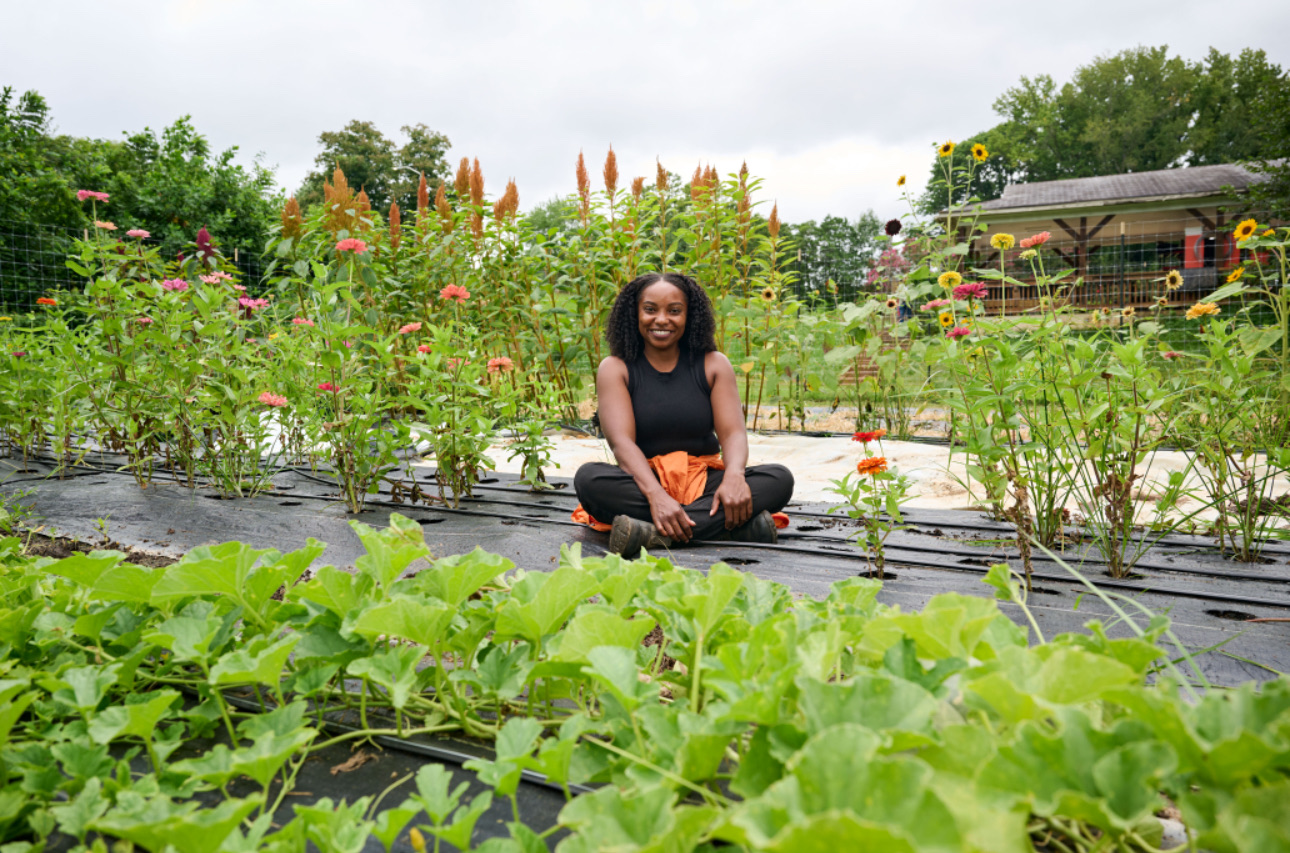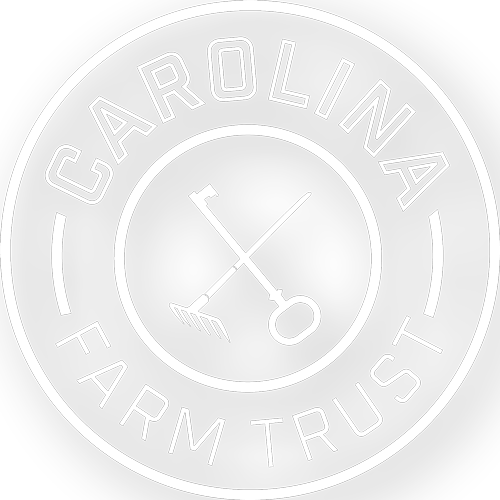The way we produce food today is unsustainable. Industrial farming depletes soil nutrients, pollutes waterways, and contributes to climate change. But there’s a better way: regenerative agriculture. More than just sustainability, regenerative farming actively restores ecosystems, strengthens food security, and improves livelihoods.
What Is Regenerative Agriculture?
Regenerative agriculture is a holistic approach to farming that prioritizes soil health, biodiversity, and climate resilience. Unlike conventional industrial farming, which relies on chemical inputs and monocropping, regenerative farming works in harmony with nature to restore the land. Core principles include:
- Building Soil Health: Using cover crops, compost, and reduced tilling to increase organic matter and retain nutrients.
- Enhancing Biodiversity: Integrating diverse crops and livestock to create resilient ecosystems.
- Water Conservation: Implementing techniques like rotational grazing and agroforestry to improve water retention.
- Carbon Sequestration: Capturing carbon in the soil through regenerative practices, helping to combat climate change.
Why Regenerative Farming Matters
1. Soil Health Is the Foundation of Life
Healthy soil is essential for growing nutritious food, yet over 33% of the world’s agricultural soil is degraded due to industrial farming. This degradation could reach over 90% by 2050. Regenerative practices rebuild soil, increasing its ability to store carbon, retain water, and support plant growth. Studies show that regenerative farms have seen up to 50% increase in microbial biomass than conventional farms.
2. A Natural Solution to Climate Change
Agriculture is responsible for over 24% of global greenhouse gas emissions. Regenerative farming can help reverse this by drawing carbon out of the atmosphere and into the soil. According to the Rodale Institute, if regenerative farming practices were implemented globally, we could sequester more than 100% of annual CO2 emissions.
3. More Resilient Farms and Food Systems
Extreme weather events—droughts, floods, and heatwaves—are becoming more frequent due to climate change. Regenerative farms are better equipped to handle these challenges. Healthy soils retain more moisture, making crops more resilient during droughts, and diverse ecosystems reduce vulnerability to pests and diseases.
4. Better for Farmers and Communities
Regenerative agriculture improves farmer livelihoods by reducing dependency on expensive synthetic fertilizers and pesticides. It also fosters stronger local food systems, ensuring that fresh, nutritious food is available to communities. By investing in regenerative farming, we invest in economic stability, food security, and public health.
How Carolina Farm Trust Is Supporting Regenerative Agriculture
At Carolina Farm Trust, we’re committed to supporting farmers who are embracing regenerative agriculture. Through our programs, we provide:
- Farmland Access: Helping farmers acquire land and transition to regenerative practices.
- Education and Training: Offering resources on soil health, water conservation, and agroecology.
- Local Food Distribution: Connecting regenerative farmers with consumers through CFT Market and local food hubs.
The Future Is Regenerative—And You Can Help
Regenerative agriculture isn’t just a trend—it’s the future of food production. By supporting local regenerative farms, you’re investing in a healthier planet, stronger communities, and a more resilient food system.
Join us in rebuilding our food future. Your donation helps us expand regenerative farming initiatives, provide critical resources to farmers, and ensure access to healthy, locally grown food for all.



